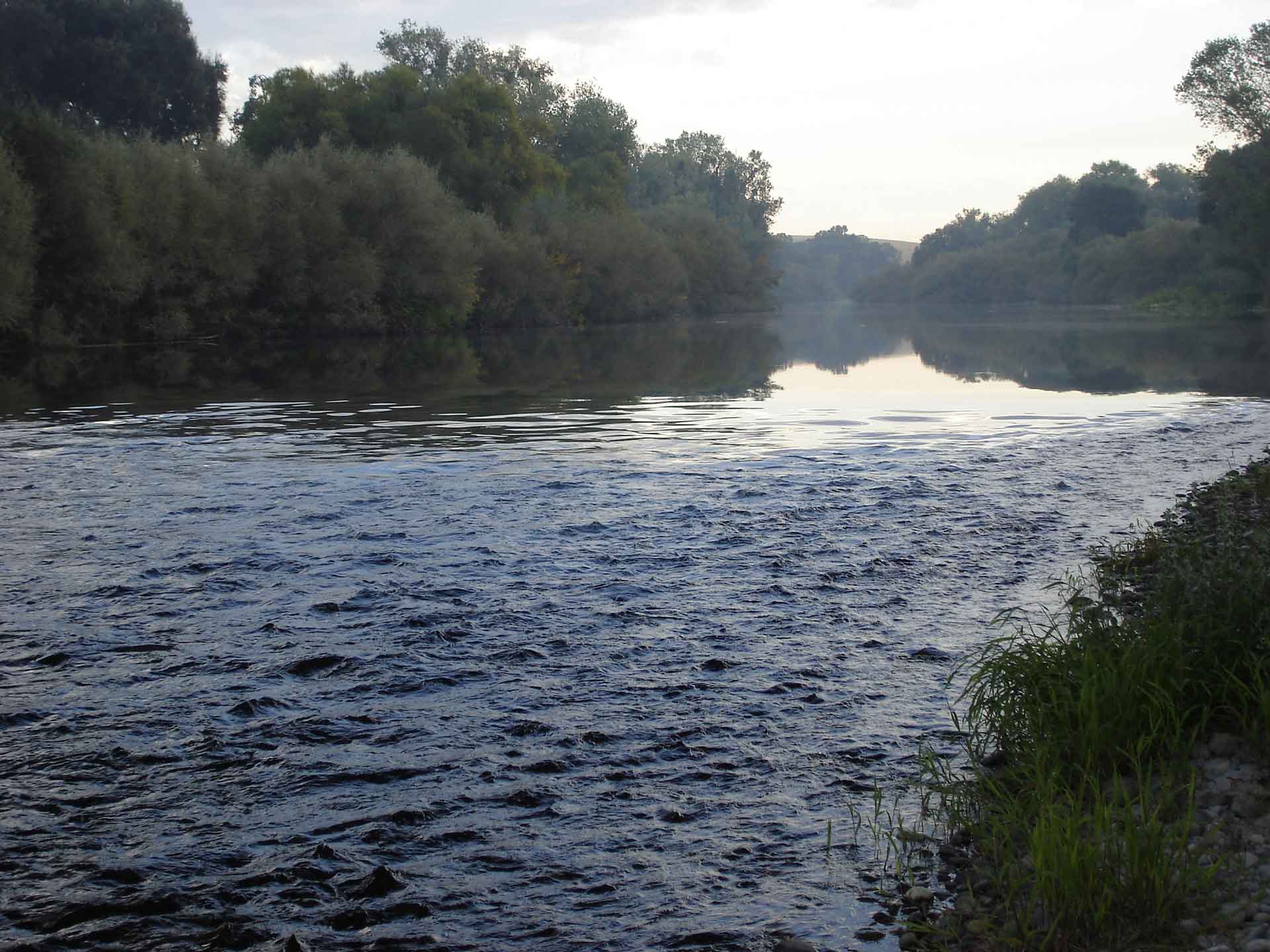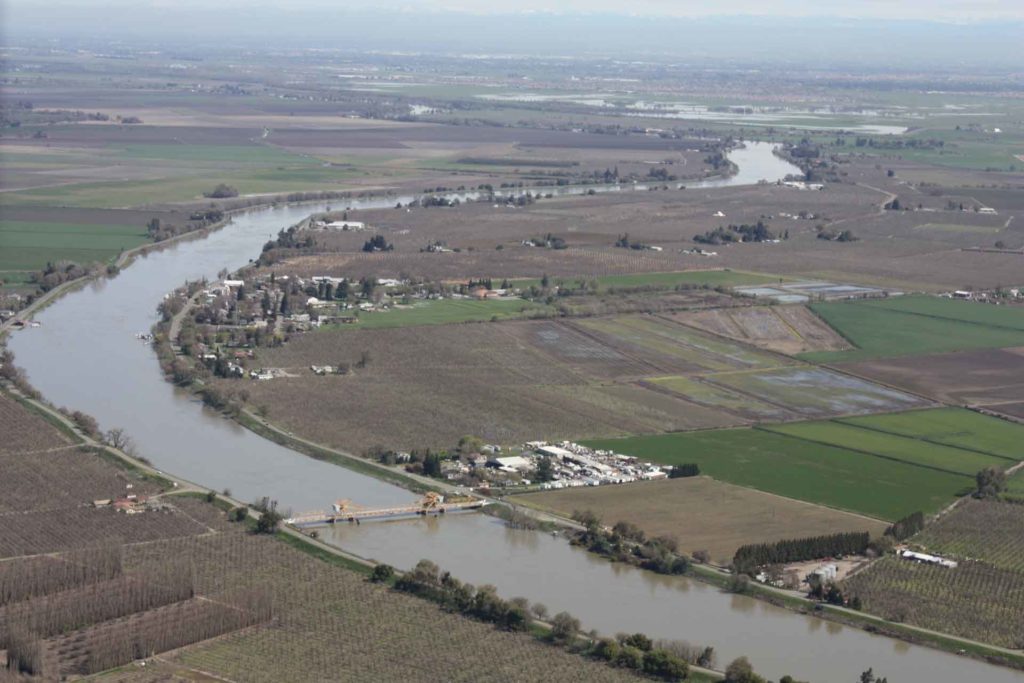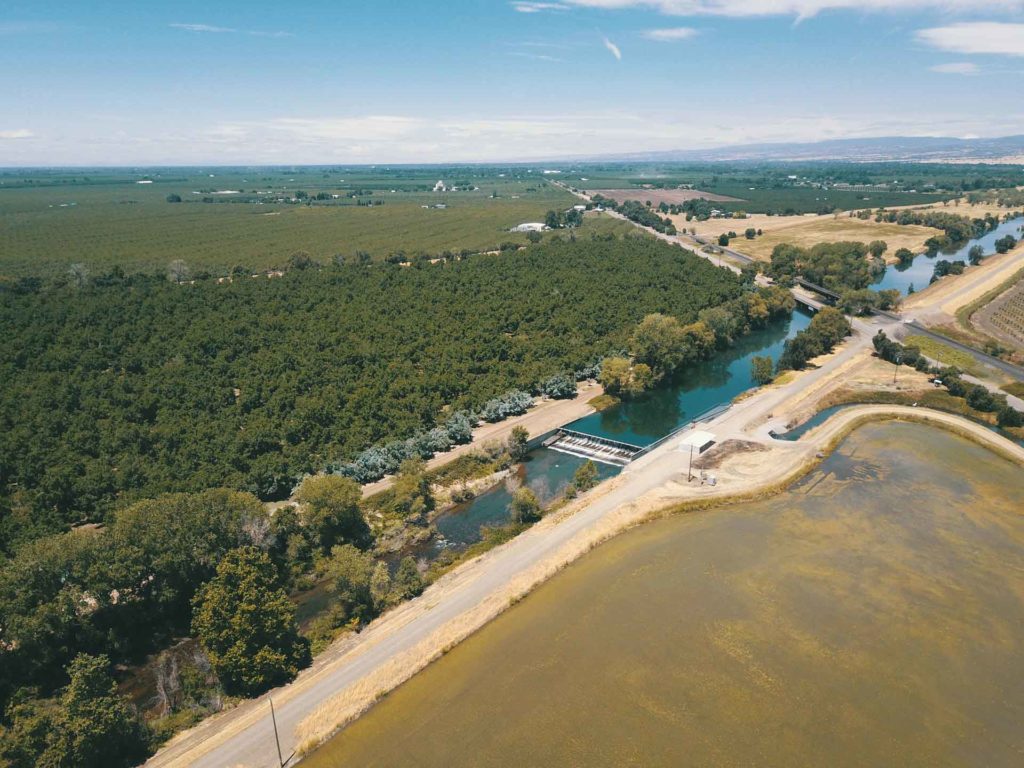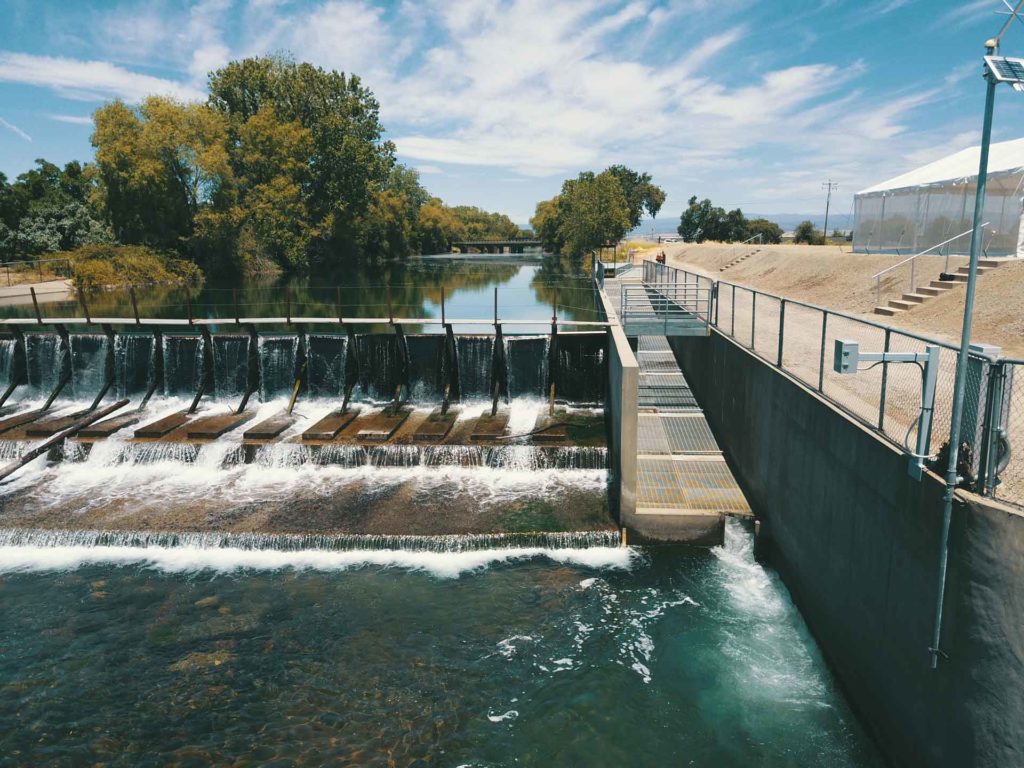
You’re running a marathon that everyone said you’d never complete. Despite many obstacles, you kept moving forward. And then, just as the finish line is within sight, race officials announce that the results won’t count.
California is at this juncture now on water management policy. Following marathon-like negotiations between federal and state policy makers and regulators, local water agencies and other stakeholders, agreement on how to more effectively manage our water is finally within reach.
Proposed legislation, Senate Bill 1, by San Diego Senator and Senate Pro Tem Toni Atkins, puts that victory at risk.
Voluntary Agreements
The State Water Board has spent much of the last five years crafting a plan that sets flow standards for rivers to both protect the Delta environment and provide an adequate supply of water for Central Valley communities. A critical center point of the plan is “Voluntary Agreements” (VAs), under which all parties operate with an agreed-upon amount of water for river flows enhanced by new environmental projects and other improvements, paid for by farmers, water districts and other water users, that will help get maximum benefit from the water. This approach is favored by the Trump Administration, Governor Newsom, former Governor Brown, and the heads of the state Environmental Protection Agency and Natural Resources Agency.
SB 1
Elements within SB 1 throw this voluntary blueprint out the window by codifying federal regulations governing water project operations in the Sacramento‐San Joaquin Delta—an unprecedented act—locking California into the existing regulatory framework, and likely returning the state to an endless cycle of lawsuits and delay. SB 1 states any Voluntary Agreement would exist separately from the existing regulatory structure, thus rendering them moot.

The breakthrough represented by the VAs cannot be overstated. They provide a roadmap for federal-state-local agreement on water management. Unlike the current system, VAs would allow us to move water where it is needed in years of drought, replace fragmented environmental rules and better manage a reduced water supply that has devastated farming communities, jeopardized sensitive environmental ecosystems, and threatened protected native species such as salmon and smelt. A completely new approach to managing water, the VAs require scientific studies and put the new science into practice. At the same time, the VAs provide all water users with more certainty of water flow that is simply not a part of our current system.

The Public Policy Institute of California (PPIC) says the VAs would, “increase flows in rivers and the Delta and make major investments in habitat. And perhaps most important, create sustainable funding for these efforts (including fees on water diversions), while improving scientific research on and governance of restoration efforts.” The product of compromise and agreement on the part of all water users, the VAs allow all parties to move forward today, ending the cycle of lawsuits that has dominated decades of California water policy. Real results will be felt now, not 10 years from now.

SB 1 Eliminates VAs
If passed in its current form, SB 1 will cause the collapse of the voluntary approach. It will threaten water supply reliability for millions of Californians, jeopardize efforts to improve the environmental health of the Sacramento and San Joaquin River watersheds, and even prevent the Newsom Administration from using the best available science to improve conditions for at‐risk fish species in the Delta under the Porter‐Cologne Water Quality Control Act, the California Endangered Species Act, and other state environmental laws.
Because SB 1 deprives federal and state agencies of flexibility, SB 1 would prohibit any adjustments to water levels determined necessary to protect Delta smelt at the State Water Project—even though improved fish monitoring and scientific research conducted over the last decade found that the pumping requirements should be modified. That flexibility is exactly what the VAs are intended to promote, with clear oversight in place to protect species and habitats while operating the State Water Project and Central Valley Project.
Last minute political gamesmanship may be an obstacle on the state water management marathon, but it is not an insurmountable one. SB 1 can be amended to protect California’s ecosystem as well as protecting the state’s water supplies so we can all cross the finish line together.










